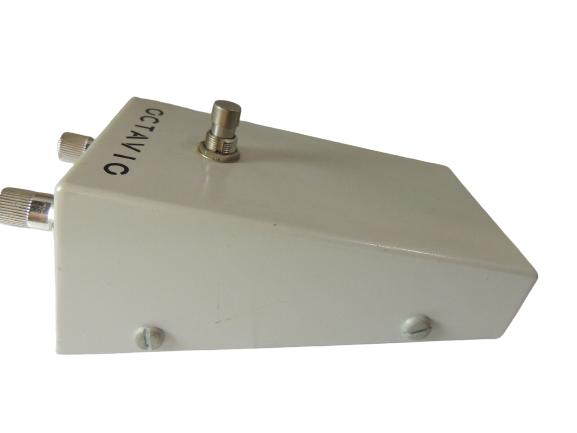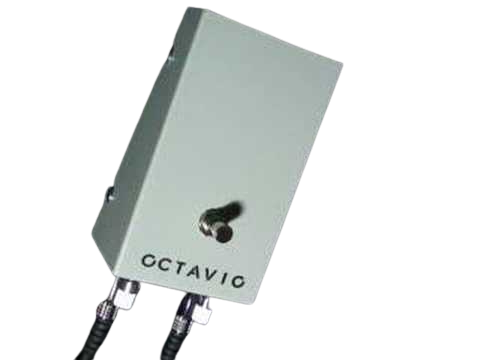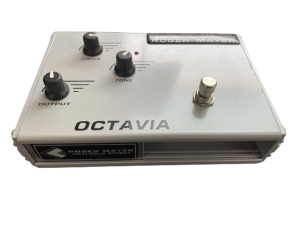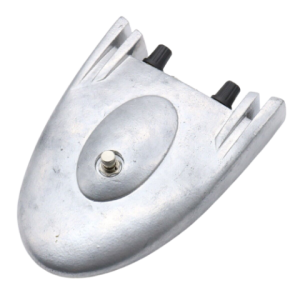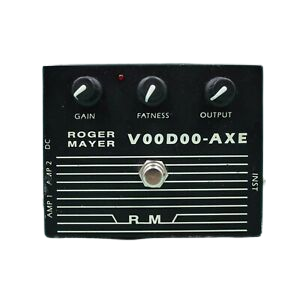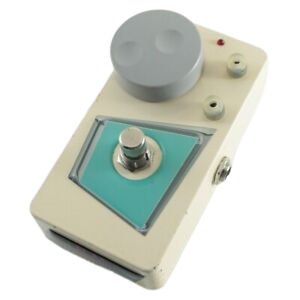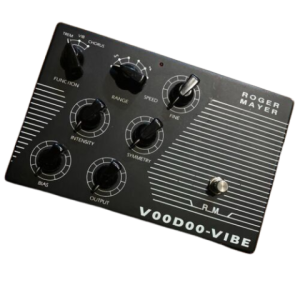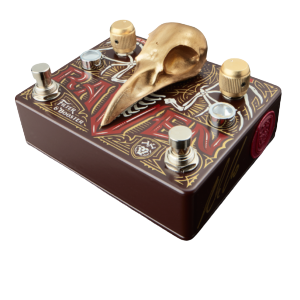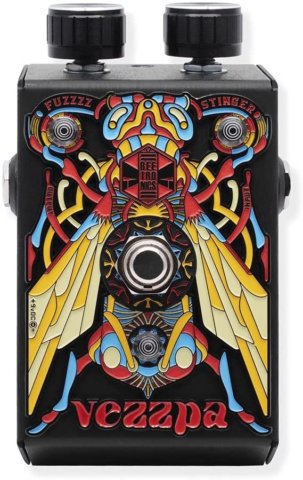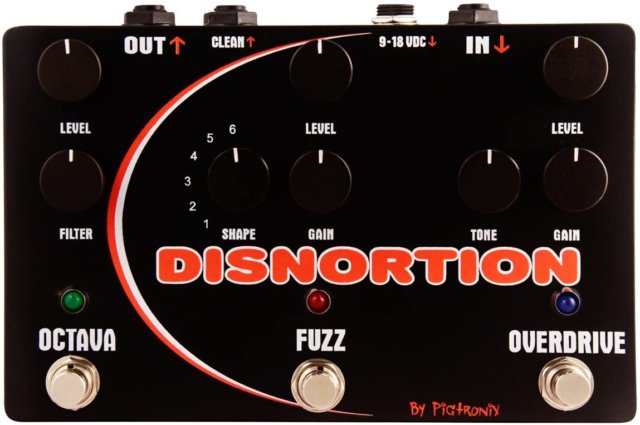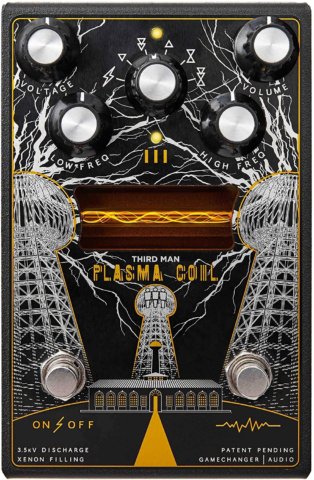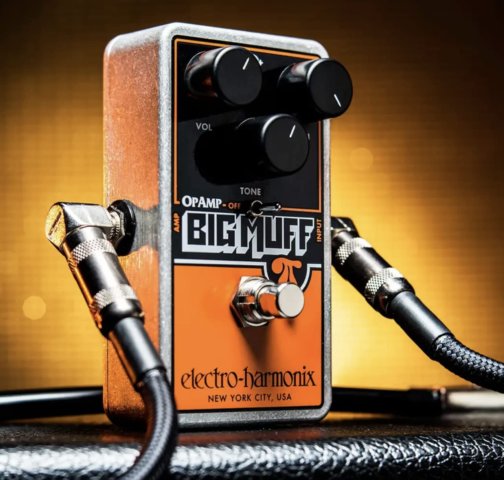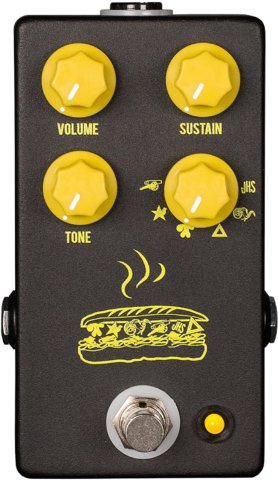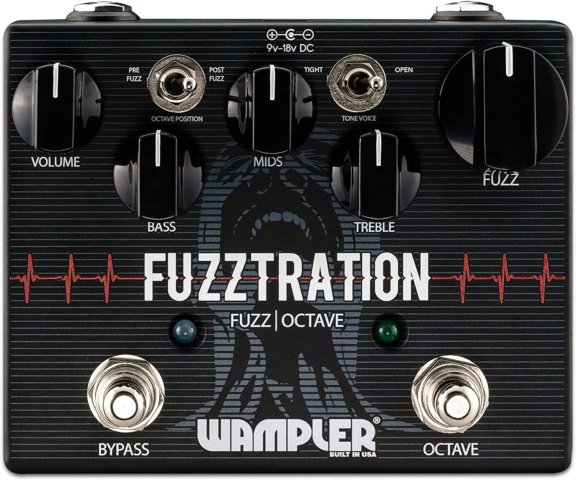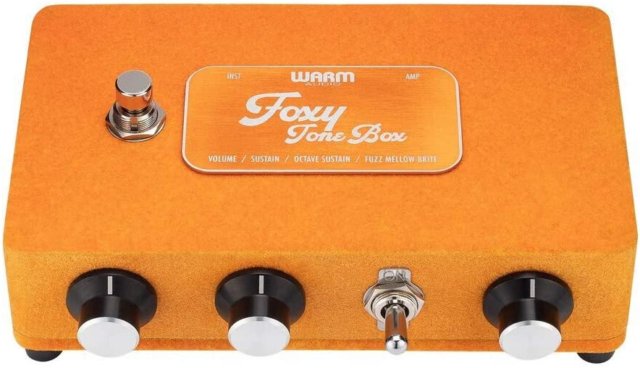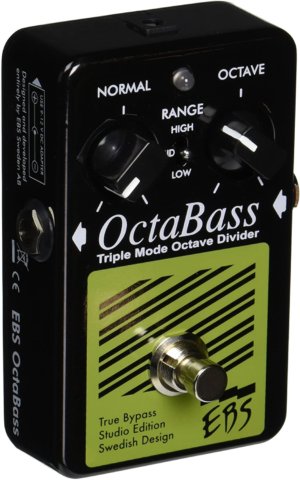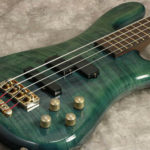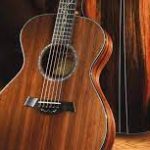OCTAVER FUZZ PEDALS
This site contains affiliate links, which we receive a commission from any sale or purchase, and are of no cost to you. As a participant in the Amazon Services LLC Associates Program, affiliate links will redirect you to Amazon.com and its affiliate sites. Please read our DISCLAIMER for more information
The original Octavia Fuzz circuit was designed in 1967 by engineer Roger Mayer specifically for Jimi Hendrix. The circuit uses ring modulation and frequency doubling to create an octave up above whatever you are playing. The resulting signal is then sent to a fuzz.

